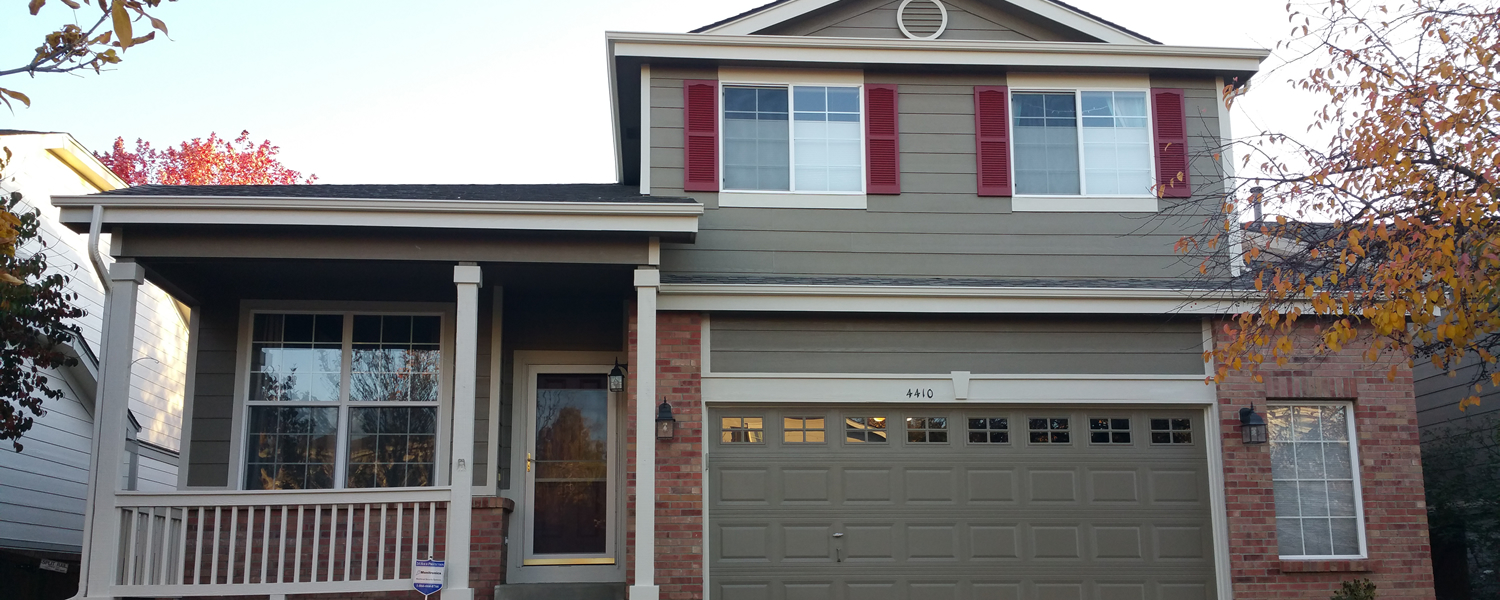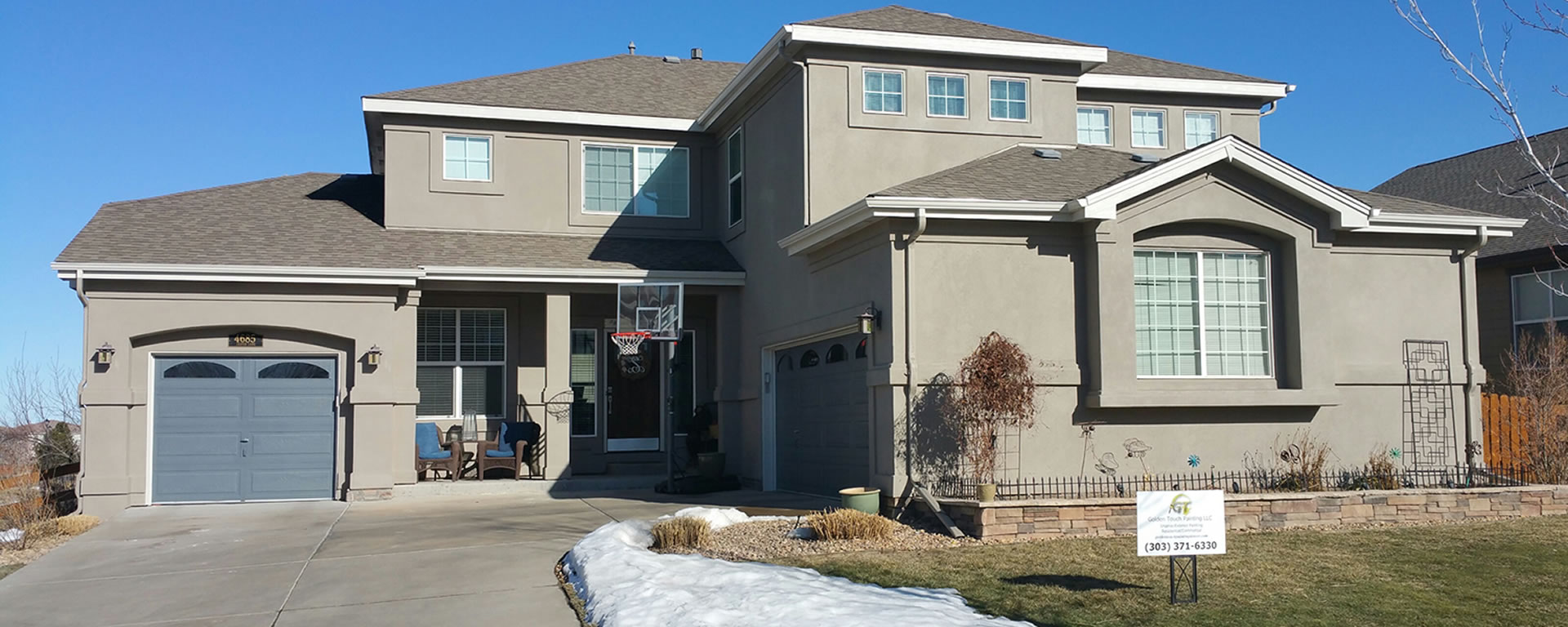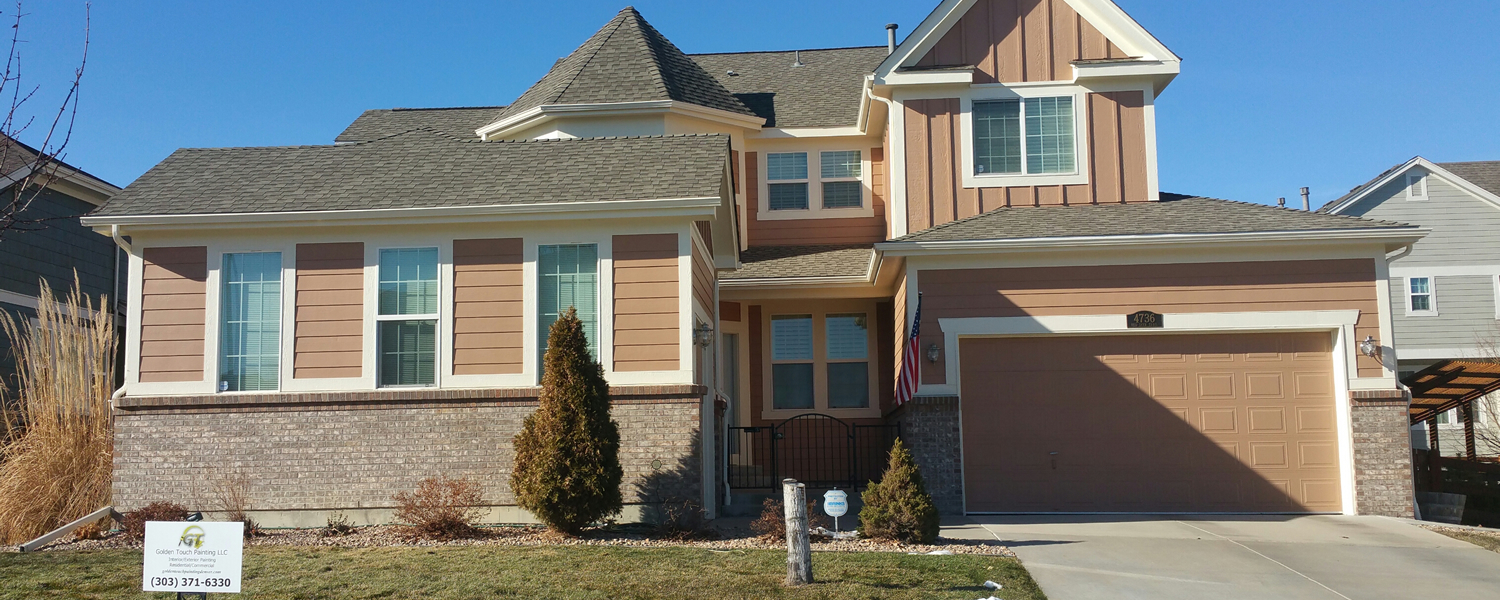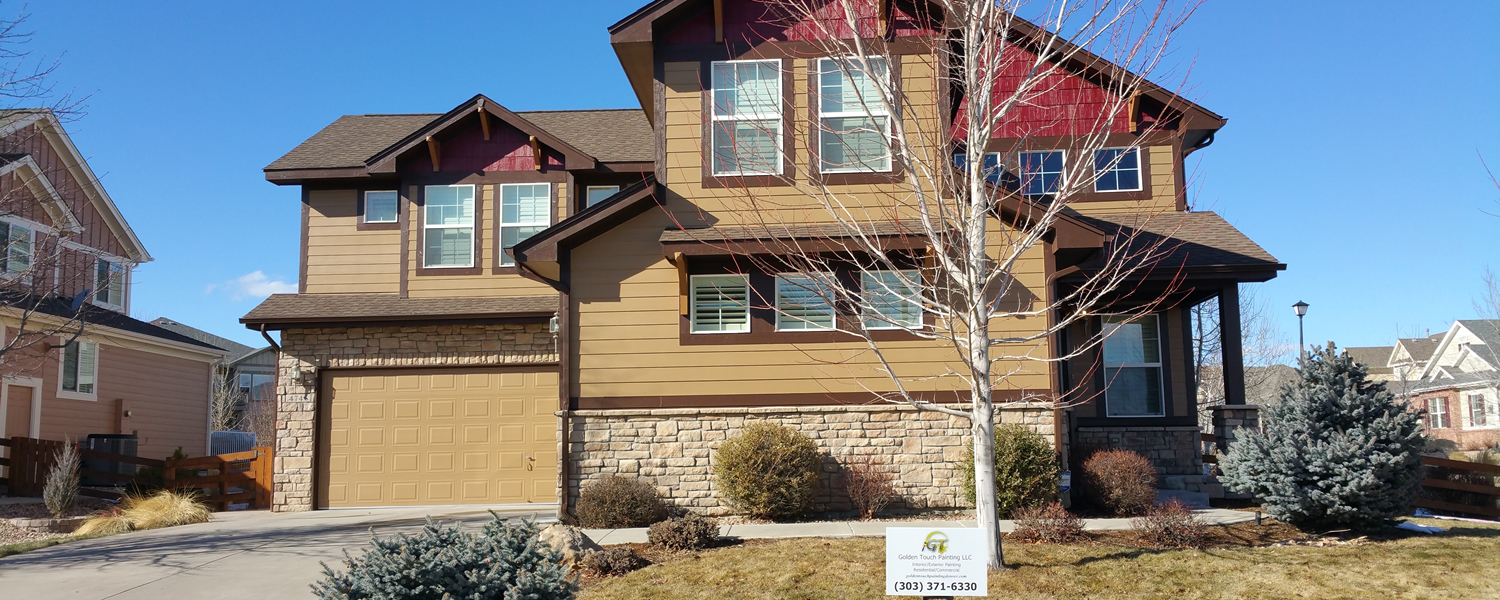It would seem that applying masking tape to your rooms is a no-brainer. However, this can be a tedious and frustrating job. The more time and care invested in masking and preparing a room for painting the less mess and fuss you will have in the end when the masking tape is removed.
Where to Apply Tape
Apply masking tape to areas that will not be painted, easy enough right? It is important to use low-stick masking tape to avoid damaging and the taped surfaces. Additionally, apply the tape using short lengths (try no to exceed 24” strips) of tape at a time to the areas being masked.
Ensure Tape is Firmly Adhered
Use the tips of your fingers to firmly press the masking tape onto the masking surface. Be careful not to leave folds or bubbles in the tape, thereby leaving little areas for paint to escape and run into the areas you are trying to protect. Some guides suggestion that a putty knife can be used to guide the tape to the surface, however I would not suggest risking the chance of scratching wood surfaces or tearing the tape.
Painting the Surface
You can progress with your painting of the non-stick surface. You can safely paint over the non-stick tape areas without fear of running paint (assuming you resolved any folds or bubbles when applying the tape). If you need to apply a second coat of paint you can do this without removing the initial masking tape (after the surface has dried), though if a third or further coats are required then it is suggested to remove the initial masking tape and remasking to help maintain a strong masking adherence.
Removing the Tape
Though it seems that removing the masking tape when the paint is still wet makes sense, however this can cause unwanted results. It is my experience no matter the care applied in removing masking tape when the paint is wet; there seems to always be areas where the paint gets smeared. To avoid unnecessary additional work cleaning and removing paint from unintended areas, remove the masking tape when the paint is thoroughly dry.






